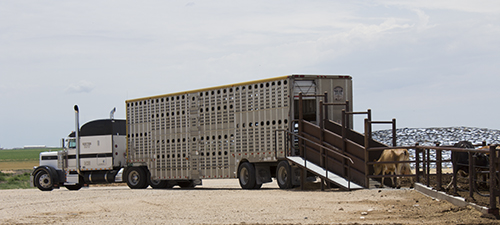
Due to very favorable margins throughout the U.S. last year, dairy farmers were able to prepay many expenses at year's end for 2015. That situation may have given dairy producers a false sense of security about 2015's profit potential. In the West, that all may have changed as dairy producers began receiving first-quarter financial statements from accounting firms that track income and expenses.
"After farmers got their first-quarter accrual accounting numbers, we started to hear reports about heavier culling out West," Ed Gallagher of DFA's Risk Management division told those attending INTL FCStone's 12th Annual Dairy Outlook Conference in downtown Chicago, Ill.
The heavier culling that started to unfold in April represented a reaction to reduced margins from milking cows. As a result, dairy producers began to send more low-producing, now unprofitable cows to packing plants to reduce costs and also cash in on historically high beef prices.
"Culling had such an uptick that some packers in the western U.S. required appointments to deliver cull cows to market," noted Gallagher, speaking of anecdotal reports he has heard in recent weeks.
Gallagher's observations make sense based on government reports. USDA's April Livestock Slaughter report revealed that dairy cow culling was up 5.6 percent when compared to the same time last year. While that data is important, regional numbers were even more compelling.
There were 37,900 more cows culled in California, Arizona, Idaho, Oregon and Washington through the first four months of the year. Texas and New Mexico also had similar results with 23,900 additional dairy cows sent to packing plants in the first four months of 2015. In most other regions, except for the Southeast, dairy cow culling was actually down due to different income to expense rations in those regions.
This Thursday's USDA Livestock Slaughter report (June 25) will confirm whether or not Western culling rates are a trend or an anomaly. We believe it represents an unfolding set of three factors in the West driven by lower milk margins compared to last year, high beef prices, and plentiful heifer supplies.
"We are almost running 4 percent over last year for dairy cow culling," said INTL FCStone's Bill Brooks at the same meeting. "Normally we see a 0.3 percent growth in recent years. Again, high beef prices are helping to driving the situation."
(c) Hoard's Dairyman Intel 2015
June 22, 2015








